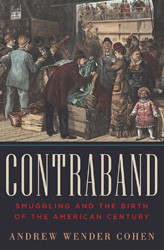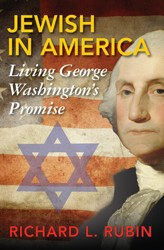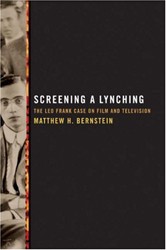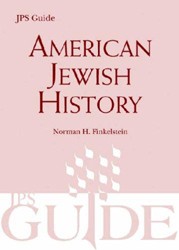Capturing nearly 350 years of the history of the American Jewish community in one volume is a considerable challenge. Hasia Diner, a distinguished historian, does a remarkable job of describing well-known events and developments and also presents some details about American Jewish life that are not often discussed.
The book is arranged into three parts covering the first century and a half, the century after 1820 and the last 80 years. Diner points to the ways that American society shaped the Jewish community but, at the same time, American Jews “actively fashioned their communities, both locally and nationally, according to their understanding of what their Jewish and American identities demanded of them…Negotiating between American and Jewish identities, they operated with a sense of empowerment.” Perhaps the clearest example of this complex dynamic was the structure of the synagogue in Newport, Rhode Island. From the outside, it was “an elegant public building that looked like most of the other public buildings in this bustling seaport.” But inside, it was “an exact copy, although smaller, of the interior of the great Spanish-Portuguese Synagogue in Amsterdam.…” So too, American Jews as a group conform externally but are distinctive.
The book captures superbly the complex process of negotiating between tradition and the economic, cultural and social opportunities and constraints of American society and culture. It has, however, one significant flaw: a number of errors. In several instances, incorrect names, affiliations or locations are given: Rabbi Joseph, not Joshua, Lookstein was a well-known rabbi on Manhattan’s East Side; Rabbi Leo Jung was the rabbi of the Jewish Center, not Kehillat Jeshurun; Cleveland Heights and University Heights, not Shaker Heights, were the major Jewish communities in Cleveland in the 1950’s; Hatzala is an Orthodox, not a Lubavitch, rescue organization; and Montefiore cemetery is in Queens, not Brooklyn.
Despite these errors, the book provides an excellent overview of the evolution of the Jewish community in America, drawing on recent primary scholarship and theoretical perspectives on immigration and ethnicity. Diner is to be commended for giving the student, the novice scholar and the lay reader an excellent discussion of the evolution of the Jewish community: its political, social and religious development and many of the challenges it faces at the present time.





